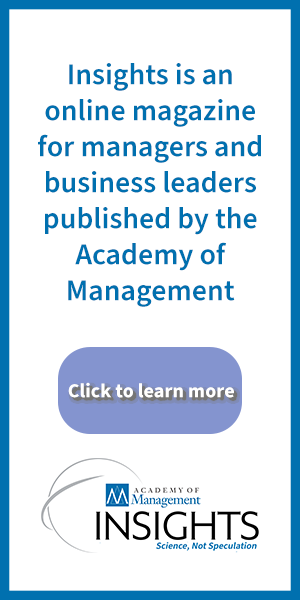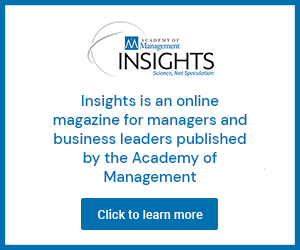Published on: April 1, 2025 at 2:00 pm
Class cues in resumes have a huge impact on which candidates get called in for interviews and provide an advantage to privileged candidates during the recruitment process. That leads to organizations bringing in employees more likely to be—or perceived to be—entitled.
Academy of Management Scholar Sean Martin of the University of Virginia says leaders and hiring managers would do well to pay attention to “class signifiers” on resumes and in interviews through the lens of what kinds of employees would be most beneficial to the organization and contribute most to its success.
Examples of class signifiers include:
• Names associated with a particular race, ethnicity, region, or culture
• The level of prestige and cost of schools listed
• Types of extracurricular activities or interests listed
• The perceived competitiveness, political affiliations, or target demographics of past internships and employers
“Leaders who say they want to promote the ideals of most cultures around the globe and cultivate the kind of workplace where anybody can work hard and do well might want to hire people whose resumes show signs of upward mobility and growth from humble beginnings,” Martin said. “There’s evidence that that doesn’t happen very often right now.”
Research on levels of entitlement that Martin did with AOM Scholar Stéphane Côté of the University of Toronto found that people who had been upwardly mobile or always in a lower-social-class position did not express particularly high levels of entitlement. In every single case, the group that expressed the highest levels of entitlement were the folks who were born into privilege and had remained in privilege, Martin said.
“I find that interesting, because one of the things that I’ll hear from people who are hiring is, ‘Boy, this next generation just seems so entitled,’ and I find that funny, because my interpretation of the implications of the research we did on entitlement would be that, by just looking for a long track record of privilege, you’re selecting the people who are the most likely to be that thing you said you wanted to avoid—you’ll get the people who are most likely to have high levels of entitlement.”












